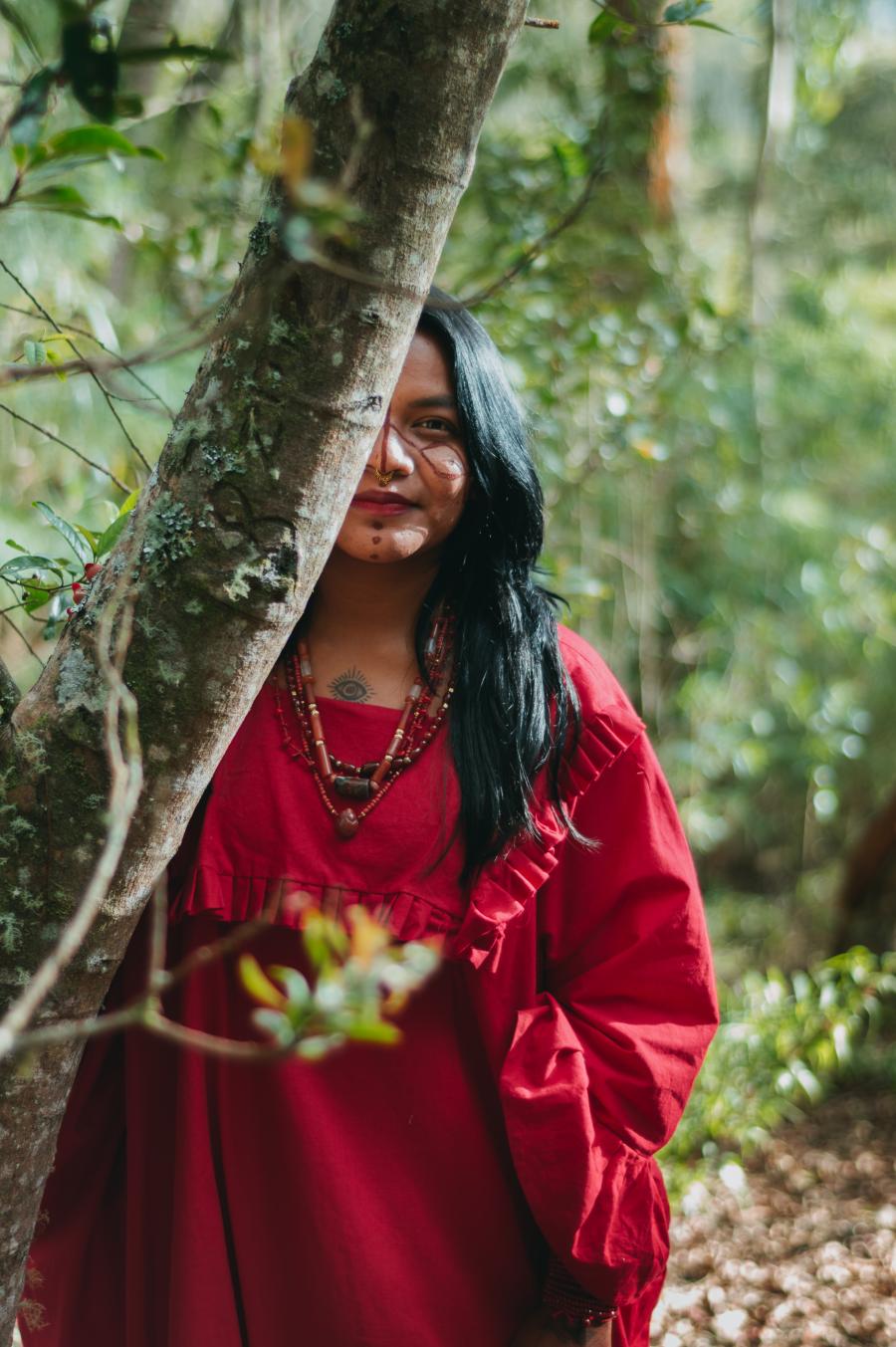Indigenous groups are often intimately connected with the land they inhabit. The survival of their culture is inexorably linked to the survival of the natural resources they depend on and and relies on recognition by national governments of indigenous land rights The Pumé Project, a Cultural Survival Special Project, was established to document the land and resource usage and needs of the Pumé people and to provide the Venezuelan government with information that may lead to the establishment of land tenure rights and ownership. The project is critical to the cultural viability and survival of the Pumé.
Occupying some 31,060 square kilometers in the areas adjacent to and between the Capanaparo and Cinaruco rivers, approximately 5,400 Pumé follow lifestyles that mix foraging with horticulture. Their subsistence activities include hunting, gathering, fishing, and manioc cultivation. The most traditional communities, located in the savannas away from large rivers, consist of 60 to 100 people. The Pumé are a mobile people, and seasonal variation in rainfall and changing wild resource distribution encourage people to relocate their base camps seasonally. Individual families periodically establish separate, smaller camps.
Aside from gathering this limited information, the Venezuelan government has done little to assess the Pumé’s actual land use. Changes to the Venezuelan Constitution have set a time period for such studies to be completed. But field research on a group of 66 individuals (22 men, 22 women, and 22 children) indicated that the group used approximately 128 square kilometers (almost two kilometers per person) for hunting grounds, fishing areas, and wild root collection. The study showed that wild resources were as important to the group as their horticultural produce.
Even with this study, actual land use by an indigenous group like the Pumé is difficult to quantify without long periods of research. For example, the Pumé traditionally rely on a type of palm thatch to cover their houses. The entire palm is cut down in order to harvest its leaves in a cultural tradition that is over 200 years old. In the past, communities could move in order to let trees regenerate; this is no longer an option, and an important next step in research will be to help the Pumé blend the needs of traditional housing practices with changing resource availability.
The pursuit to obtain land rights for the Pumé is clearly valuable in securing the resources needed for their cultural survival, but the Pumé Project also seeks to preserve religious and social facets of their culture. Missions established in the region are striving to convert indigenous peoples to Christianity. Some of these missions have banned traditional evening dances (tohé) that are integral in the passing of local lore and history to young Pumé. The dances are also an opportunity to pass information onto distant relatives and make future plans, and renew kin relations among a highly mobile people. Tohé allow time for healing physical and spiritual conditions, and unite the whole community in common goals and pursuits. Securing land rights for the Pumé will not only help them manage their own resources, but will help them in their quest for self-determination of their unique culture.
To contribute to the Pumé Project, please contact Cultural Survival by phone at 617-441-5400, by mail at 215 Prospect St., Cambridge, MA 02138, or by email at csinc@cs.org.
Russell Greaves is coordinator of the Pumé Project. Alissa Dill is a Cultural Survival intern.

